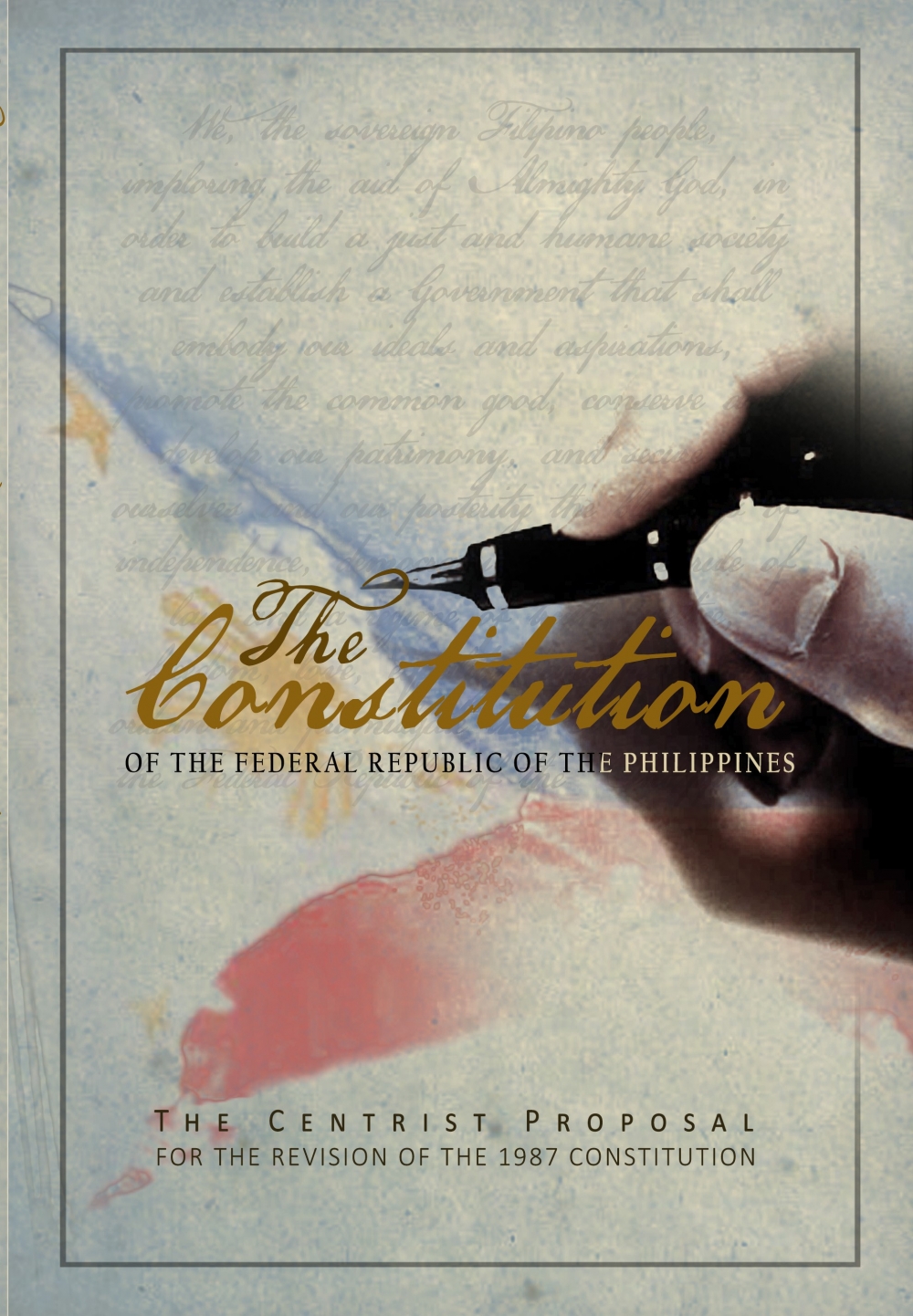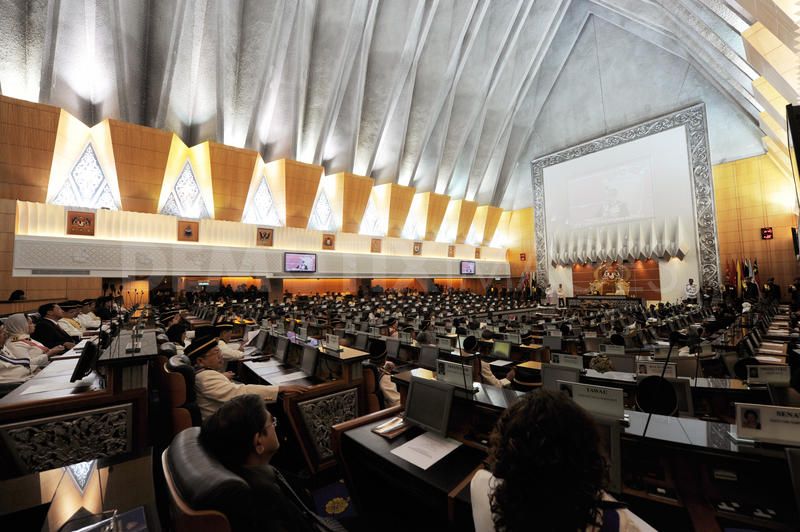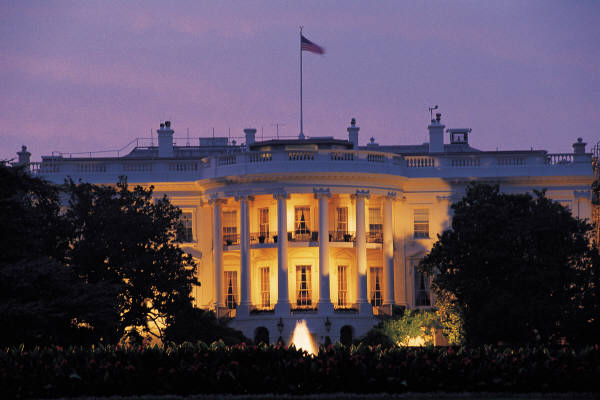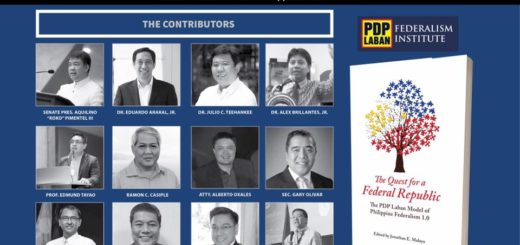Centrist Proposals Executive Summary
The Centrist proposals[spacer height=”default”]
The Centrist proposals (CDPI, CDP, Lakas, 2004 ConCom and CDA) calls for a shift to a parliamentary-federal system, with a unicameral body, with the president as head of state and a prime minister as head of government, both elected from among the members of parliament.[spacer height=”default”]
The parliament is constituted first and oversees the creation of autonomous territories toward the establishment of federal states.[spacer height=”default”]
Shift to parliamentary govt[spacer height=”default”]
1st stage: now up to February/May 2019 plebiscite and mid-term elections[spacer height=”default”]
A. Constituent Assembly will start revising the 1987 Constitution targeting February/May 2019 plebiscite coinciding with mid-term elections[spacer height=”default”]
B. Officials elected mid-term will only hold office until first parliamentary elections in May 2020 (one-year term). Transitory provisions in the new constitution will provide for this.[spacer height=”default”]
2nd stage: May 2020-2025[spacer height=”default”]
A. First unicameral parliamentary elections under the new federal constitution with five-year term.[spacer height=”default”]
B. Incumbent DU30 shall continue his dual role as head of state and head of government (prime minister)[spacer height=”default”]
3rd stage: May 2022 (DU30’s term ends under the 1987 Constitution)[spacer height=”default”]
A. By May 2022, DU30 steps down as head of state and a new president is elected by parliament to serve his remaining term, or[spacer height=”default”]
B. DU30 ends his term by 2025 (provided for in the transitory provisions)[spacer height=”default”]
4th stage: May 2025-2030[spacer height=”default”]
A. 2nd regular parliamentary elections with five-year term. By 2030, we have new president and new prime minister, both elected by the unicameral parliament.[spacer height=”default”]
Creation of autonomous territories[spacer height=”default”]
1st stage: February/May 2019 plebiscite and mid-term elections[spacer height=”default”]
A. Upon ratification of new constitution, a body/commission is created to oversee negotiations, setting parameters for creation of autonomous territories.[spacer height=”default”]
B. The Bangsamoro will be constituted ahead based on BBL enacted by Congress previous to the plebiscite.[spacer height=”default”]
C. Parliament can enact under the new constitutions the Organic Act of the Bangsamoro and other autonomous territories that are advanced in their negotiations and agreements.[spacer height=”default”]
2nd stage: May 2020-2025[spacer height=”default”]
A. Parliament shall guide and allow evolution of the provinces and highly urbanized cities from what they are today into autonomous territories (eventually a federal state) based on several criteria (details in the booklet).[spacer height=”default”]
B. Results of these negotiations shall be incorporated in an organic law by parliament within a year of a petition to be subsequently approved by the constituents of the newly formed autonomous territory in a referendum.[spacer height=”default”]
C. Some provinces and cities will be ahead of the pack and some will be laggards therefore the development of a federal republic will not be uniform.[spacer height=”default”]
D. If 60 percent of the autonomous territories are established with their organic acts, then the Federal Republic of the Philippines is created. By our reckoning, this will happen between 2025 and 2028.[spacer height=”default”]





 I believe: This is a CoRRECT™ Video with a very positive message
I believe: This is a CoRRECT™ Video with a very positive message Walang Natira: Gloc-9's MTV Rap about the OFW Phenomenon
Walang Natira: Gloc-9's MTV Rap about the OFW Phenomenon